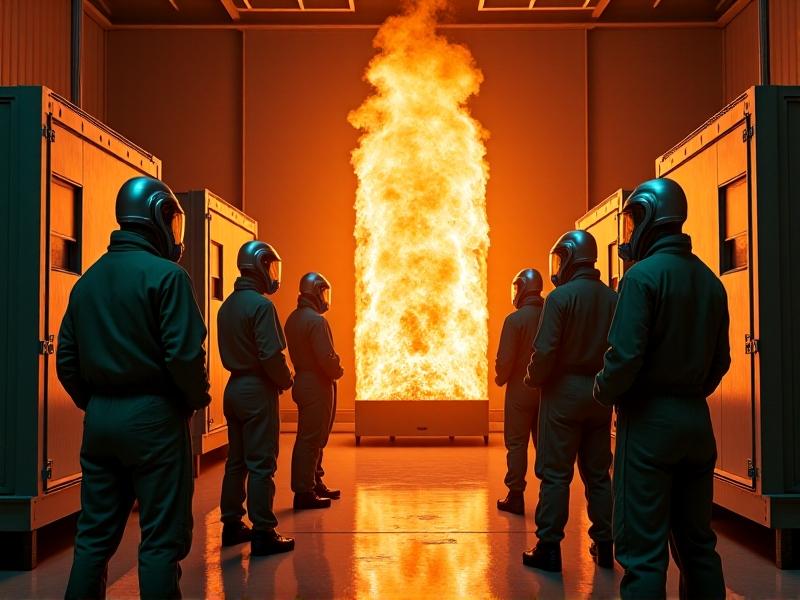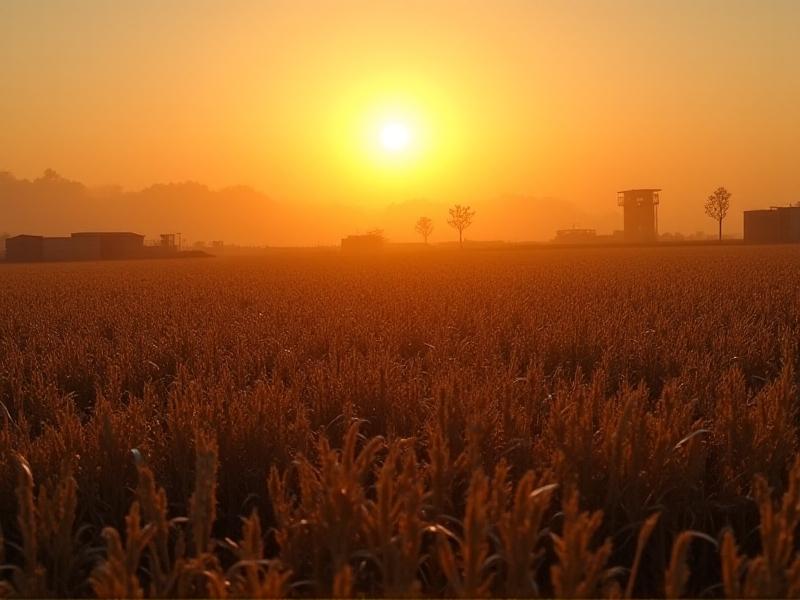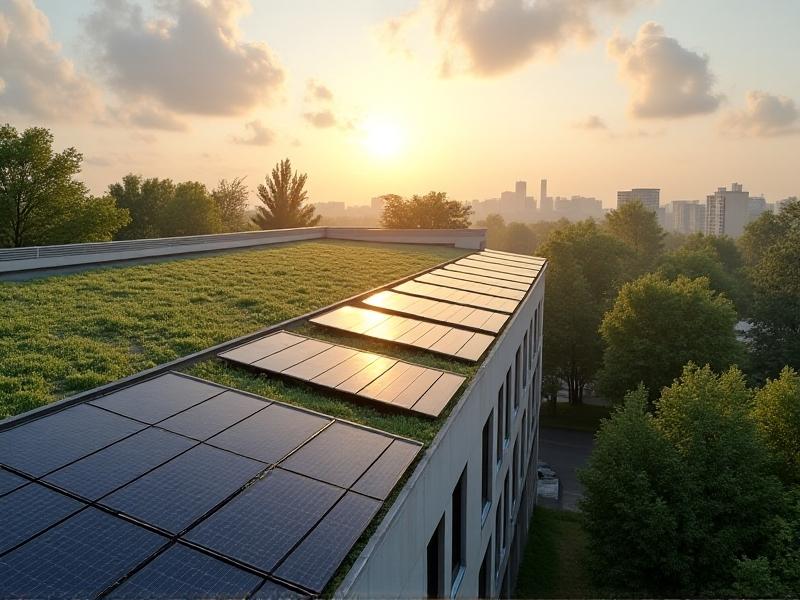Fire Resistance Testing Protocols for Mycelium Composites
Introduction to Mycelium Composites and Fire Resistance
Mycelium composites, derived from the root structure of fungi, have emerged as a sustainable alternative to traditional building materials. Their lightweight, biodegradable, and renewable properties make them an attractive option for eco-conscious industries. However, as with any material used in construction, fire resistance is a critical factor that must be evaluated. Fire resistance testing protocols for mycelium composites are essential to ensure their safety and compliance with building codes. This article delves into the methodologies, challenges, and advancements in testing the fire resistance of mycelium composites.

The Importance of Fire Resistance in Building Materials
Fire resistance is a non-negotiable aspect of building materials, as it directly impacts the safety of occupants and the structural integrity of buildings. Materials that fail to meet fire resistance standards can lead to catastrophic consequences, including loss of life and property. For mycelium composites, which are still relatively new to the construction industry, understanding their behavior under fire conditions is crucial. This section explores why fire resistance testing is vital and how it influences the adoption of mycelium composites in mainstream construction.

Standard Fire Resistance Testing Protocols
Fire resistance testing protocols are standardized to ensure consistency and reliability across different materials and industries. Common tests include the ASTM E119, which evaluates the ability of materials to withstand fire exposure, and the ISO 834, which measures fire resistance in building elements. These protocols involve exposing materials to high temperatures and monitoring their performance over time. This section provides an overview of the most widely used fire resistance testing methods and how they are applied to mycelium composites.

Challenges in Testing Mycelium Composites
While mycelium composites offer numerous benefits, testing their fire resistance presents unique challenges. Their organic nature and varying compositions can lead to inconsistent results, making it difficult to establish standardized testing criteria. Additionally, mycelium composites may behave differently under fire conditions compared to traditional materials like wood or concrete. This section discusses the specific challenges faced in fire resistance testing for mycelium composites and the ongoing research to address these issues.
Innovations in Fire Resistance Testing for Mycelium Composites
As the demand for sustainable materials grows, so does the need for innovative testing methods tailored to mycelium composites. Researchers are exploring advanced techniques such as thermogravimetric analysis (TGA) and cone calorimetry to better understand the fire behavior of these materials. Additionally, modifications to the mycelium growth process, such as incorporating fire-retardant additives, are being investigated to enhance their fire resistance. This section highlights the latest advancements in testing and improving the fire resistance of mycelium composites.
Case Studies: Mycelium Composites in Real-World Applications
Several real-world applications of mycelium composites have demonstrated their potential in construction and design. From eco-friendly insulation panels to biodegradable packaging, these materials are gaining traction across industries. However, their adoption hinges on their ability to meet fire safety standards. This section examines case studies where mycelium composites have been successfully integrated into projects, focusing on their fire resistance performance and the lessons learned.
Future Directions for Fire Resistance Testing of Mycelium Composites
The future of fire resistance testing for mycelium composites lies in the development of more precise and comprehensive protocols. Collaboration between researchers, industry stakeholders, and regulatory bodies is essential to establish standardized testing methods that account for the unique properties of mycelium composites. Additionally, ongoing research into material enhancements and fire-retardant technologies will play a crucial role in advancing the safety and viability of these materials. This section explores the potential future developments in fire resistance testing and their implications for the construction industry.








